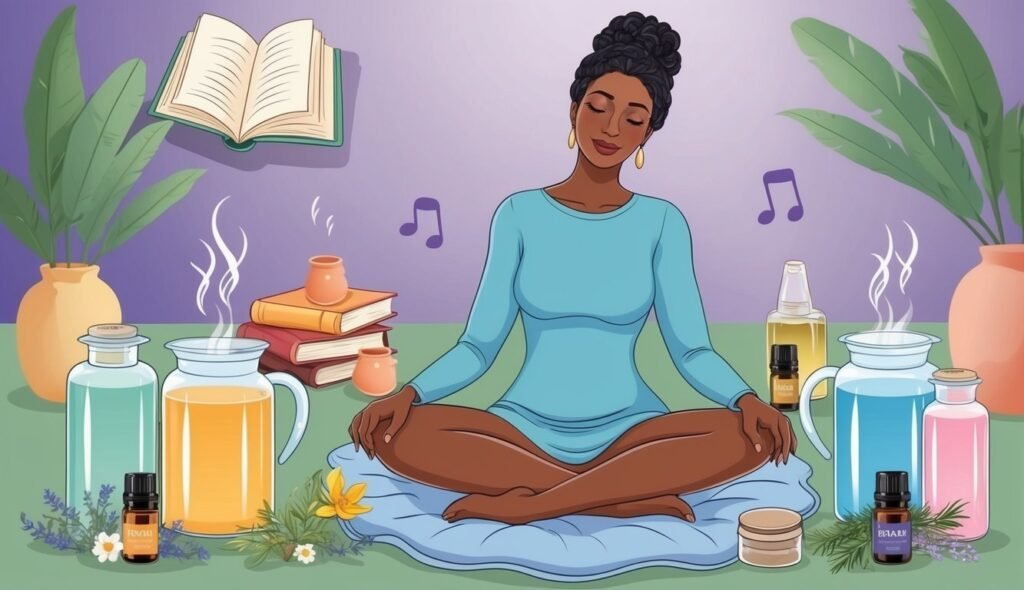Dealing with PMS can be a challenge for many of us each month.
The range of symptoms can feel overwhelming, from mood swings to uncomfortable physical pain. Finding natural remedies that can help alleviate these symptoms is key for improving our overall well-being during this time.
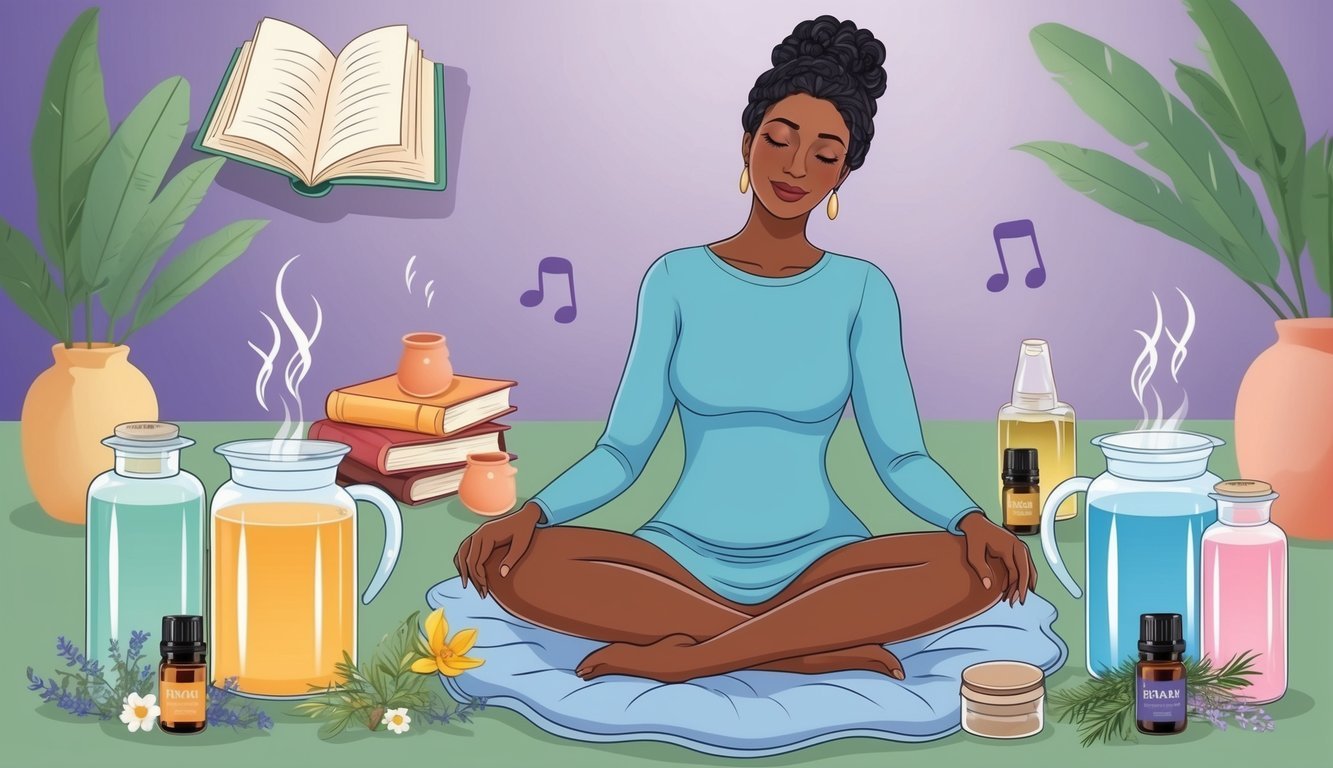
I’ve explored various options to ease the discomfort and irritation that PMS brings.
There’s no need to rely solely on over-the-counter medications when nature offers plenty of solutions that are effective and gentle.
Let’s dive into some remedies that I’ve found helpful in managing those pesky PMS symptoms.
1) Chamomile tea
I often turn to chamomile tea when I’m dealing with PMS symptoms.
This herbal tea has calming properties that can help ease stress and promote relaxation.
The anti-spasmodic effects of chamomile may also help relieve menstrual cramps.
Drinking a warm cup can be comforting during those uncomfortable days.
To prepare chamomile tea, I usually use dried chamomile flowers or tea bags.
Just steep them in boiling water for about 10 to 15 minutes.
Sometimes, I like to sweeten it with a bit of honey for added flavor.
Chamomile’s anti-inflammatory compounds can further support my body during this time, helping with bloating and discomfort.
It’s definitely one of my go-to remedies!
2) Evening primrose oil
Evening primrose oil has become a popular choice for managing PMS symptoms.
It contains gamma-linolenic acid (GLA), an essential fatty acid that supports hormonal balance.
I’ve read that it may help reduce pain and discomfort associated with PMS.
Some studies suggest that taking evening primrose oil can alleviate mood swings and breast tenderness.
I usually look for products that offer at least 1,500 mg of evening primrose oil per serving.
This helps ensure I’m getting enough GLA for potential benefits.
While taking it in a supplement form, I find it important to be aware of any side effects.
Some people might experience mild digestive issues or headaches.
Incorporating evening primrose oil into my routine felt like a natural way to manage those pesky symptoms.
It’s worth considering if you’re searching for a holistic approach.
3) Ginger Tea
I love using ginger tea as a natural remedy for PMS symptoms.
Its anti-inflammatory properties really help ease discomfort.
When I brew a cup, I can almost feel my muscles relaxing.
Ginger is known to reduce prostaglandin synthesis, which plays a key role in menstrual cramps.
By lowering these compounds, it can help lessen the intensity of pain.
This makes ginger a valuable option for those seeking natural remedies for menstrual cramps.
Its anti-inflammatory and pain-relieving properties can provide relief without the side effects of over-the-counter medications.
Drinking ginger tea or taking ginger supplements may help ease discomfort and promote overall well-being during menstruation.
I often add honey or lemon to my ginger tea for extra flavor.
Not only does it make the tea taste great, but it also adds additional health benefits.
Drinking ginger tea regularly during my cycle has made a noticeable difference in how I feel.
It’s simple to prepare and a comforting option when cramps strike.
If you’re looking for a natural way to tackle PMS, ginger tea might be worth a try.
It’s become a staple in my wellness routine, and I appreciate how soothing it can be.
4) Magnesium supplement
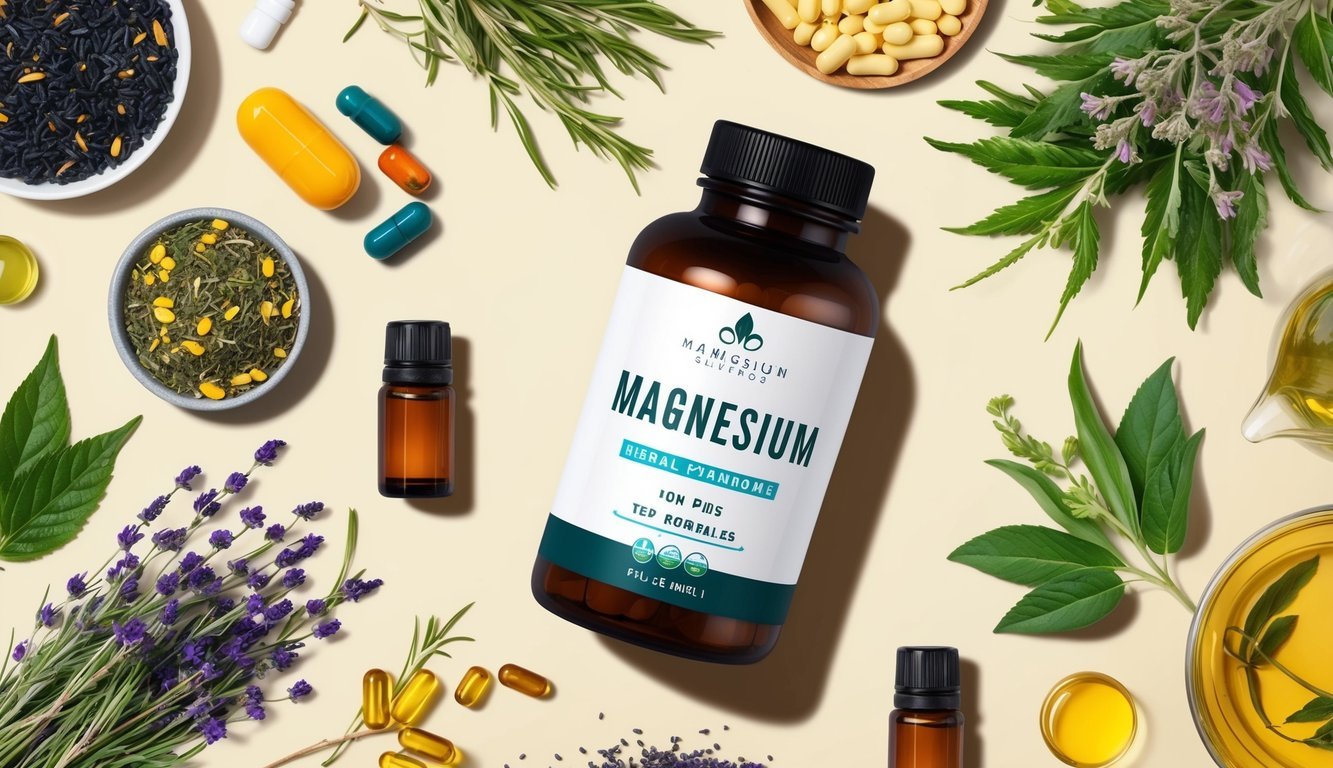
I often turn to magnesium supplements when managing my PMS symptoms.
Magnesium helps relax muscles, which can ease cramps and tension.
Plus, it may help reduce headaches that sometimes come with PMS.
I’ve learned that magnesium can also have calming effects.
This can be really helpful on those days when mood swings hit hard.
Some studies suggest that taking magnesium alongside vitamin B-6 can improve symptoms like anxiety and depression.
I find that a daily dose personally helps balance my emotions during that time of the month.
Adding magnesium to my routine is simple.
I usually opt for a supplement or enjoy magnesium-rich foods like spinach and nuts.
Each little step can make a difference in feeling more like myself.
5) Lavender Essential Oil
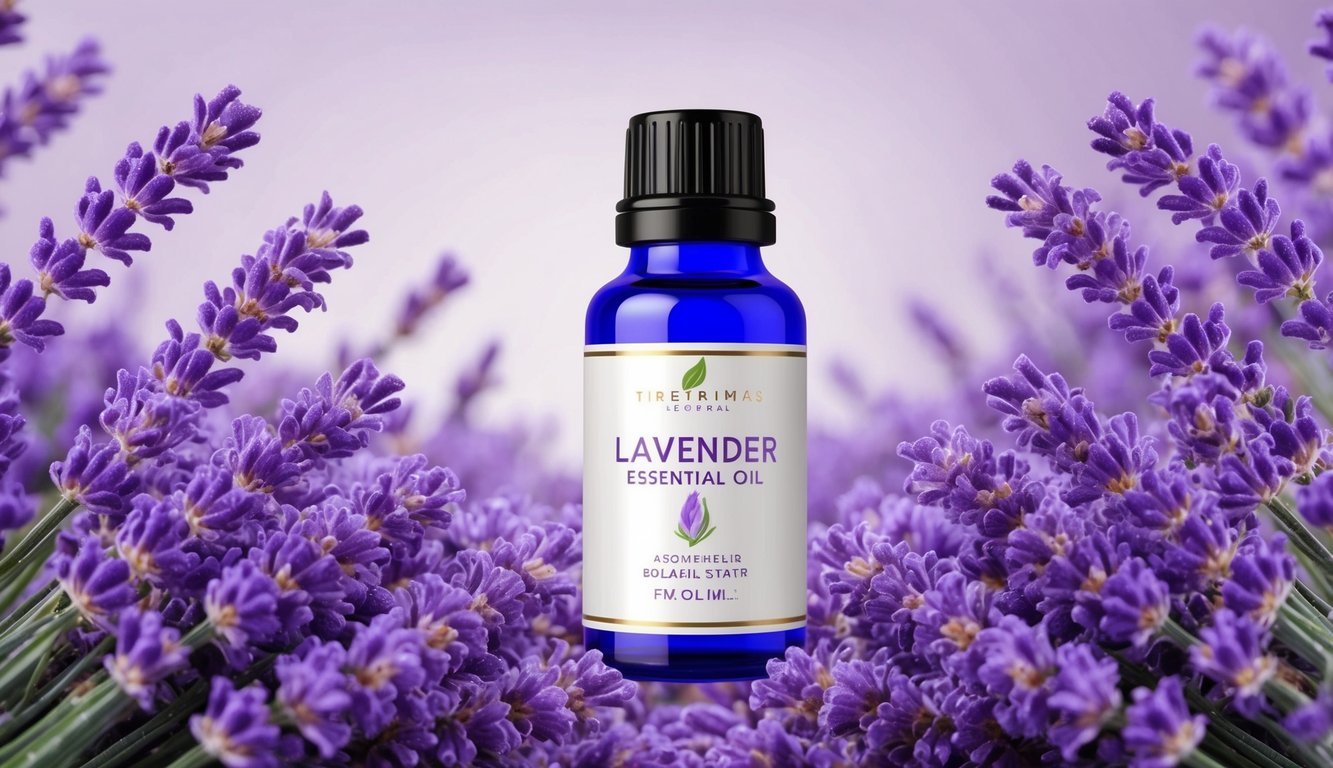
I always reach for lavender essential oil when I need some relief from PMS symptoms.
Its calming properties help to ease emotional tension and create a sense of relaxation.
Inhaling lavender oil can provide comfort during those challenging days.
I’ve found that just a few deep breaths can make a significant difference in my mood.
Using lavender in a diffuser is my go-to method.
It fills the room with a soothing scent that helps me feel more at ease.
Sometimes, I mix lavender oil with a carrier oil and apply it to my temples.
This topical use offers additional comfort and headache relief, which is often a part of my PMS experience.
Lavender is versatile, and I love adding it to my bath.
A few drops in warm water can transform a regular soak into a calming retreat.
The simple act of using lavender essential oil feels like a small luxury that enhances my self-care routine.
6) Omega-3 Fatty Acids
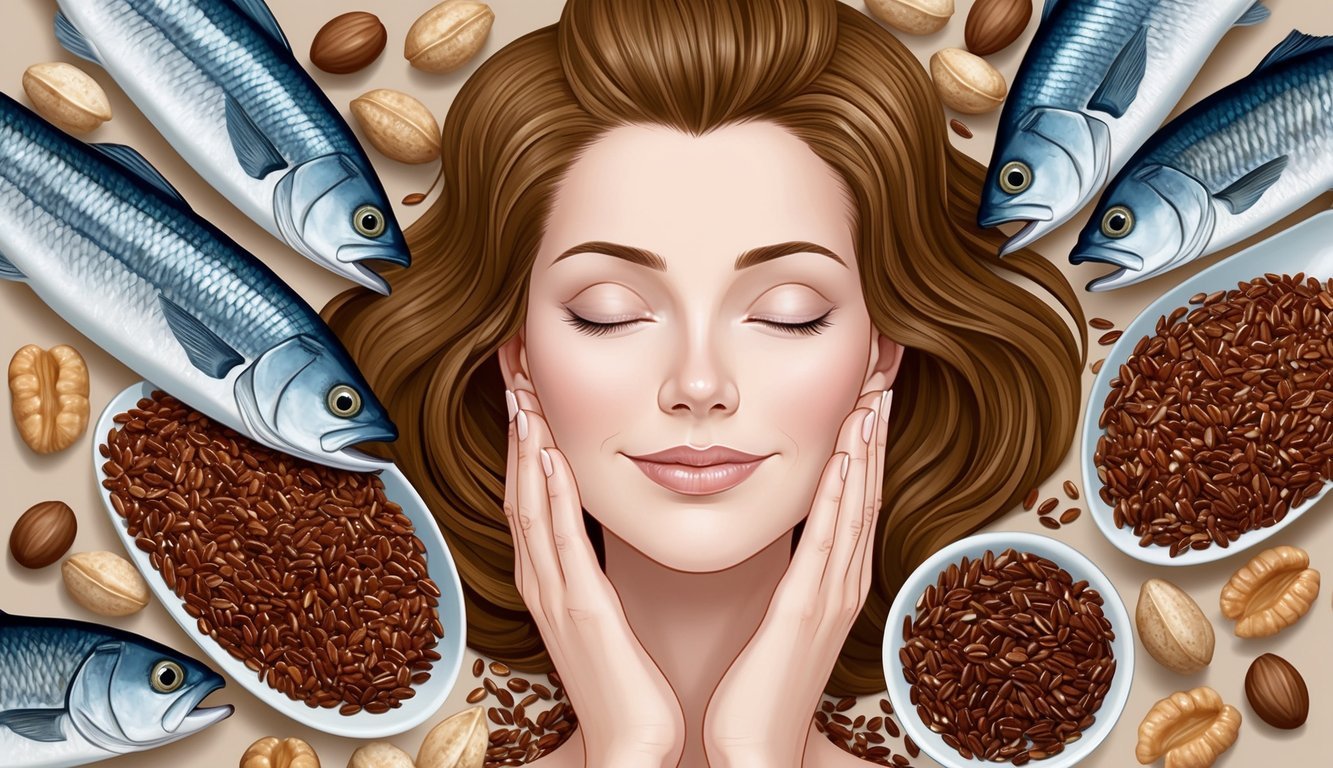
I’ve found omega-3 fatty acids to be a game changer for relieving PMS symptoms.
These healthy fats are known for their anti-inflammatory properties, which can help ease cramps and mood swings.
You can get omega-3s from foods like fatty fish, walnuts, and flaxseeds.
I try to include these in my diet regularly, especially during that time of the month.
Some studies suggest that taking omega-3 supplements may significantly reduce PMS symptoms.
In one trial, women who took fish oil experienced less fatigue and mood swings.
If you’re curious about trying them, it’s always a good idea to check with your healthcare provider first.
They can recommend the right dosage and the best sources for your needs.
7) Vitamin B6
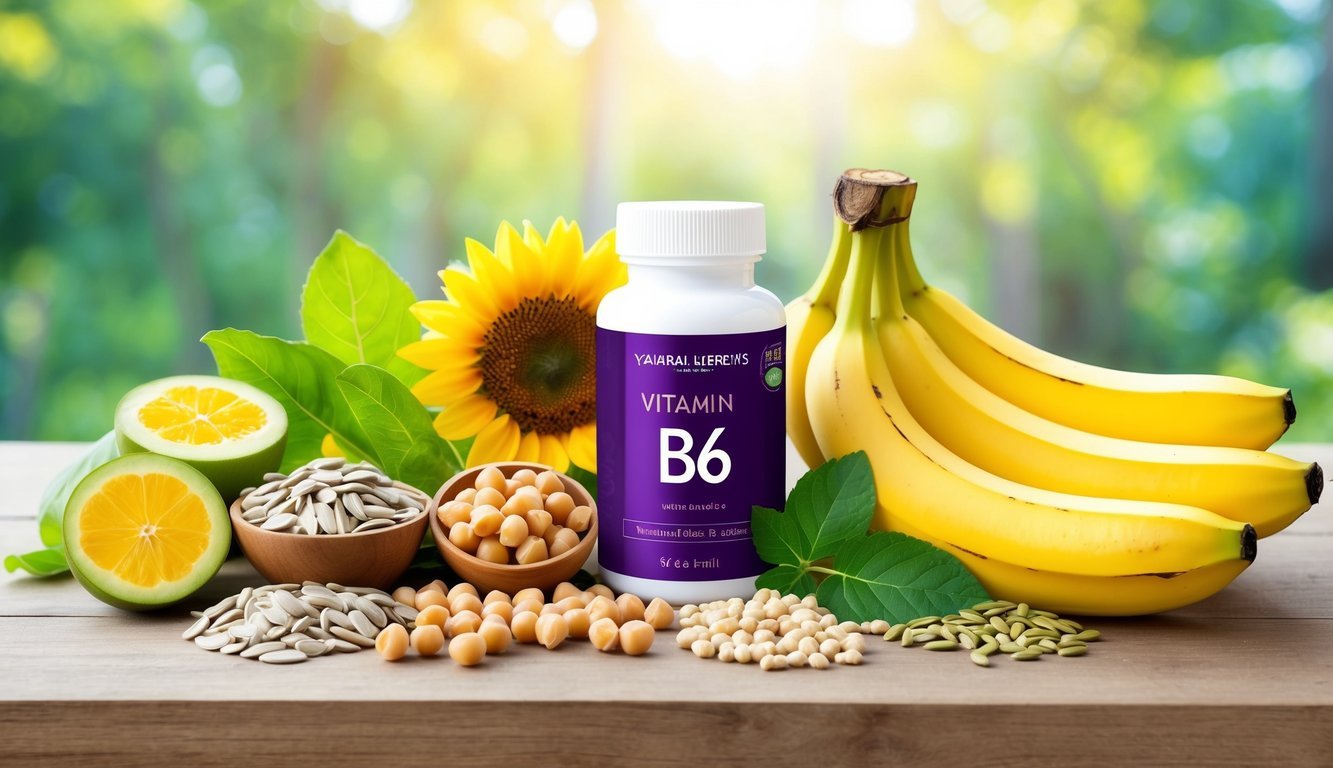
I’ve found that Vitamin B6 can be a game changer for managing PMS symptoms.
This vitamin plays a role in various bodily functions, including hormone regulation and mood stabilization.
When I experience PMS, I often consider taking Vitamin B6 to help with symptoms like cramps and mood swings.
Studies suggest that a daily dose of 50 to 100 mg can ease fatigue and irritability associated with PMS.
Combining Vitamin B6 with magnesium might enhance its effectiveness.
Magnesium has been shown to be beneficial for women with low levels of this mineral, especially during PMS.
Incorporating foods high in Vitamin B6, like bananas, chickpeas, and potatoes, can also support my overall intake.
Each little bit can contribute to feeling a little better during those tough days.
8) Yoga exercises
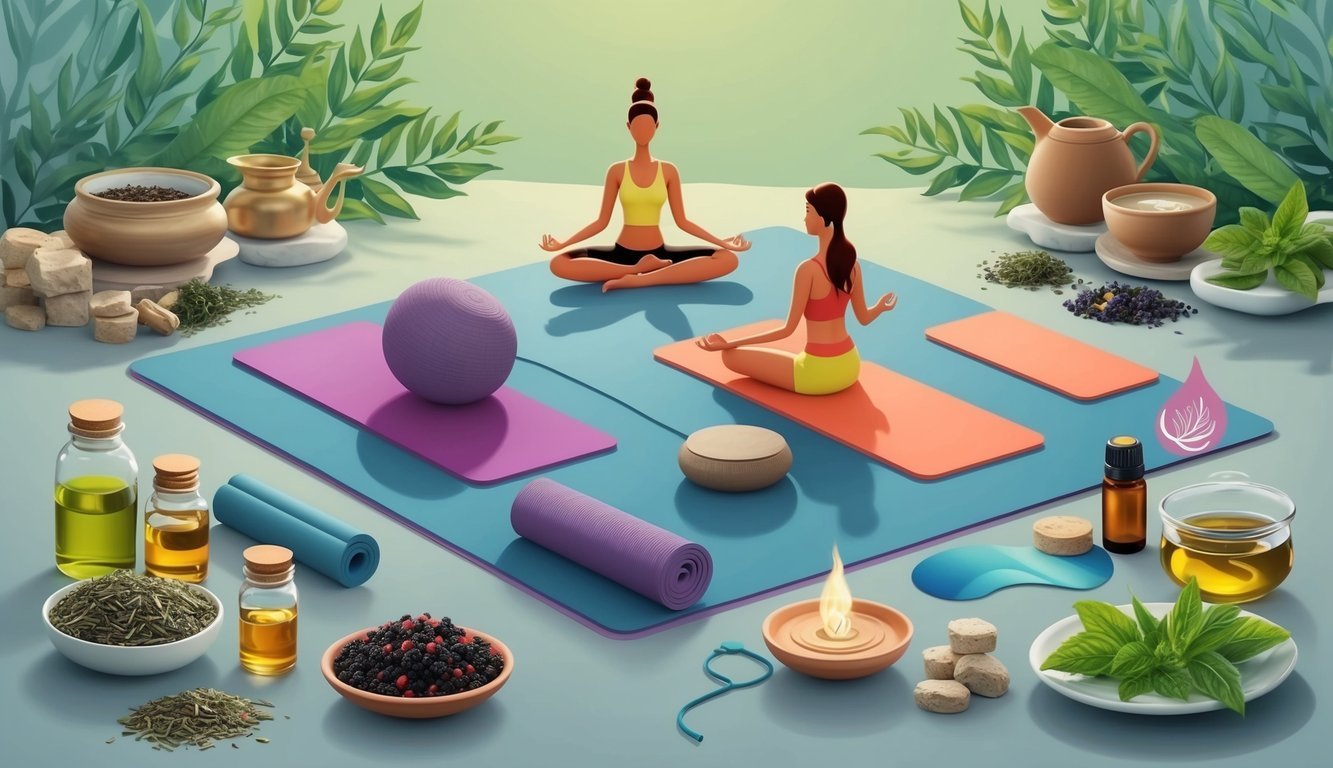
Yoga offers a gentle way to relieve PMS symptoms, and I often find it helpful.
Certain poses can ease tension and promote relaxation.
One of my favorites is the Legs-Up-the-Wall pose.
It really helps with bloating and allows me to unwind after a long day.
Simply lie on your back, extend your legs up the wall, and breathe deeply.
Pigeon Pose is another excellent choice.
It stretches the hips and lower back, reducing pain and tension.
This pose also gives me a moment to center myself.
Bridge Pose is great too.
I like how it energizes the body while helping with hormonal imbalances.
It feels good to open my chest and stretch my spine.
Lastly, Wind Relieving Pose can help with lower back tension and digestion.
It’s simple but effective, making it a go-to for me during tough days.
Incorporating these yoga practices into my routine makes a noticeable difference during PMS.
9) Heating Pad
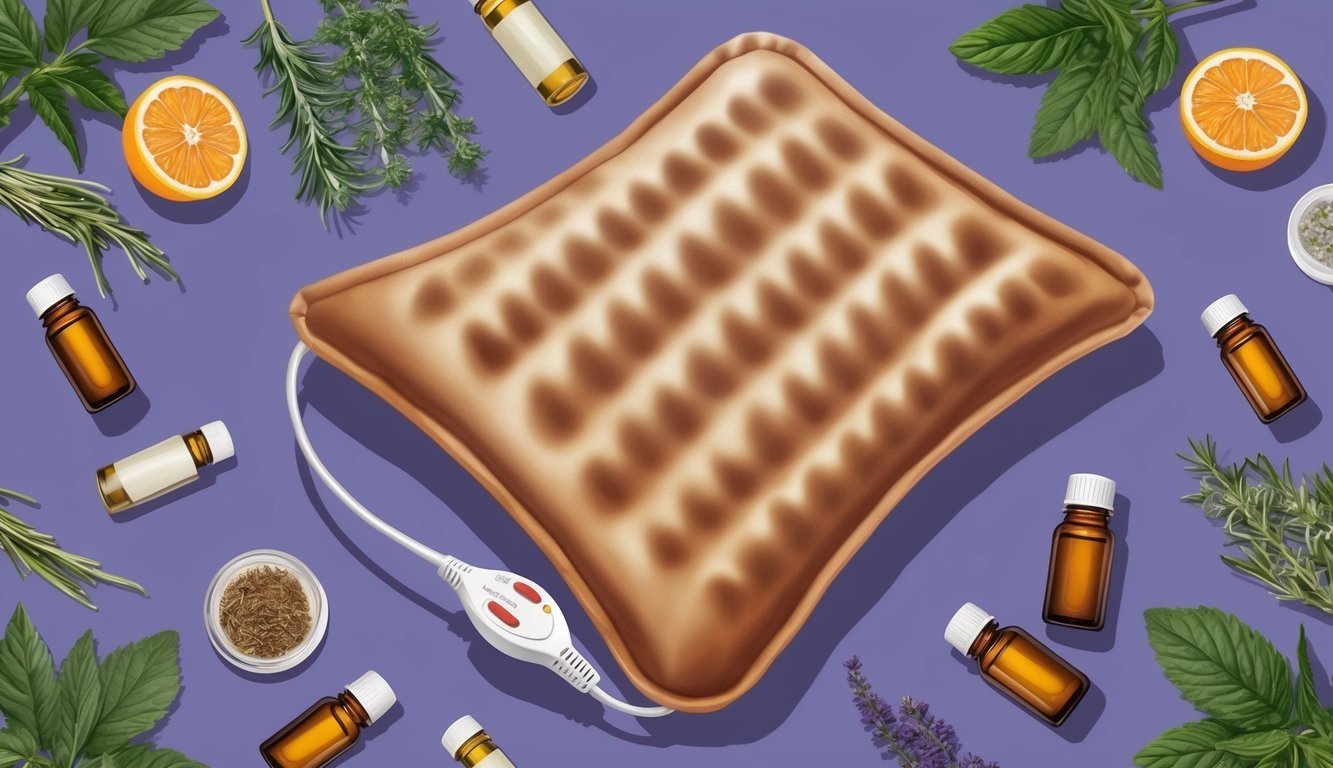
I find using a heating pad to be one of the simplest ways to manage PMS symptoms.
The warmth helps relax my muscles, which can relieve cramping and discomfort.
When I feel those familiar aches, I place a heating pad on my lower abdomen.
The gentle heat can soothe the tension in my pelvic area.
It’s like a warm hug that makes things a bit more bearable.
If I’m at home, soaking in a hot bath works wonders, too.
Combining heat with a good book or some music really helps me unwind.
Heating pads are convenient, and I can easily adjust the temperature to my liking.
For an added boost, I sometimes use them during my workouts to keep my muscles relaxed.
Overall, it’s a quick and effective method I turn to whenever PMS symptoms hit.
It’s comforting and makes a real difference in my day.
10) Acupuncture sessions
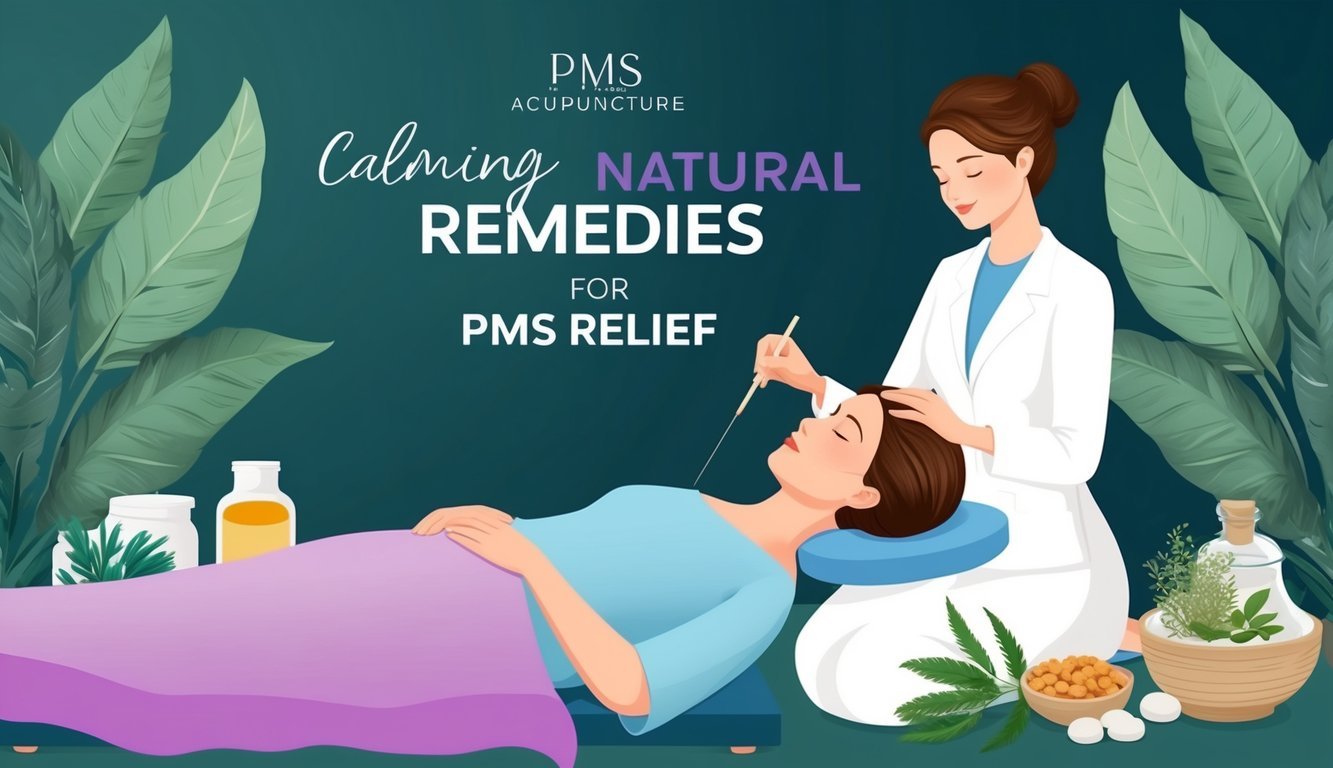
I recently discovered acupuncture as a way to relieve my PMS symptoms.
It involves inserting fine needles into specific points on the body.
This practice is said to help manage cramps, headaches, and mood swings.
I’ve found that acupuncture can release endorphins, which are the body’s natural painkillers.
This has made a noticeable difference in how I feel during that time of the month.
During my sessions, I noticed improved blood circulation.
This seemed to reduce discomfort and inflammation, making it easier to relax.
Many women find acupuncture sessions beneficial in addressing both physical and emotional PMS symptoms.
It’s definitely worth exploring if you’re looking for natural remedies.
Each session feels like a mini retreat, and the results have been encouraging for me.
Common Symptoms Explained
PMS can cause various symptoms, but the most common ones include:
- Mood Swings: These can manifest as irritability, sadness, or anxiety. It’s often frustrating, as these feelings seem to surge without warning.
- Physical Discomfort: Bloating, breast tenderness, and headaches are frequent complaints. These discomforts can make it hard to focus on daily tasks.
- Fatigue: Many of us feel more tired than usual during this time, which can make everything feel more challenging.
- Digestive Issues: Some may experience changes in appetite, cravings, or even digestive disturbances.
Each symptom can vary in severity and can interfere with day-to-day activities, impacting both work and personal relationships.
How Hormones Affect PMS
Hormonal fluctuations are at the heart of PMS.
Changes in estrogen and progesterone levels during the menstrual cycle can lead to various symptoms.
- Estrogen: This hormone tends to peak right before ovulation, which can overly stimulate the body, causing mood changes and physical discomfort.
- Progesterone: It rises in the luteal phase, and a sudden drop right before menstruation can lead to irritability and sadness.
- Cortisol: High stress can exacerbate symptoms, as elevated cortisol levels may disrupt the hormonal balance even further.
Understanding these hormonal shifts can help me anticipate symptoms and manage them more effectively.
Lifestyle Changes for Managing PMS
Making specific lifestyle changes can significantly ease PMS symptoms.
By incorporating regular exercise and adjusting my diet, I can better manage discomfort, mood swings, and other challenges.
Exercise and Physical Activity
Staying active is essential for me during PMS.
Regular exercise helps release endorphins, which naturally elevate my mood.
I find that activities like walking, yoga, or even dancing can reduce anxiety and stress.
I aim for at least 30 minutes of moderate exercise most days.
This could mean anything from brisk walking to joining a fitness class.
Not only does it help lift my spirits, but it also improves blood circulation, which can alleviate bloating and cramping.
Incorporating strength training a couple of times a week can also balance hormones.
By mixing up my routine, I keep it enjoyable and engaging, which helps me stick with it.
Dietary Adjustments
Dietary changes can play a vital role in managing PMS.
I focus on foods rich in calcium and vitamin D, like yogurt, milk, and leafy greens.
These nutrients help reduce symptoms such as cramps and mood swings.
Another key adjustment I’ve made is increasing my intake of omega-3 fatty acids.
I include sources like salmon, walnuts, and flaxseeds.
These healthy fats help lower inflammation, making me feel more comfortable.
Additionally, I pay attention to my hydration.
Drinking plenty of water helps minimize bloating and discomfort.
I also reduce caffeine and sugar, as they can exacerbate mood swings and irritability.

